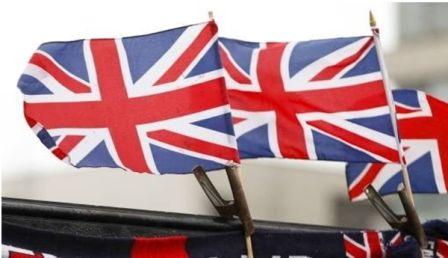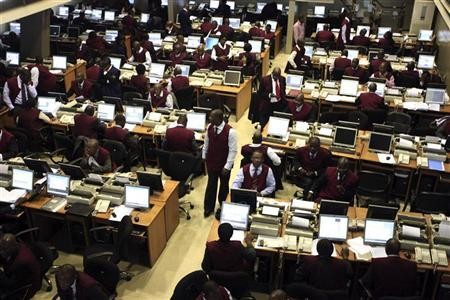The total deficit of all U.K. corporate pension funds increased 4.8% to £434 billion ($533.1 billion) during December, and jumped 86.3% for the year ended Dec. 31, show data from JLT Employee Benefits.
The consultant’s latest update said the funded status of these pension funds was 77% as of Dec. 31, steady over the month. However, it dropped from 84% as of Dec. 31, 2015.
Total assets grew 3.4% compared with Nov. 30, and 18.2% compared with Dec. 31, 2015. The growth in assets was more than offset by a 3.7% increase in liabilities over the month and a 29.1% increase over all of 2016.
The 100 largest companies in the U.K. also saw their deficits grow, by 5.6% over the month and 141.4% over the year, to total £169 billion. The funded status of these pension funds remained steady over the month, at 78%, but fell from 88% as of Dec. 31, 2015.
FTSE 350 company pension fund deficits grew 5.5% over the month and 135.8% over the year to a total £191 billion. The funded status was again steady at 78% over the month, but fell from 88% as of Dec. 31, 2015.
The year has been “turbulent and tumultuous … not just for politics and markets, but also for pension schemes,” said Charles Cowling, Director at JLT Employee Benefits, in a statement accompanying the data.
“This last month we have seen a slight deterioration in deficits, but they are still below the record heights of over £500 billion recorded at the end of August, as markets rallied from Brexit and the U.S. election shocks. However, pension scheme deficits are still significantly larger than the levels at the start of the year, and there appears to be no relief in sight for companies with large pension schemes. Indeed, these figures represent a record year-end deficit position for companies and their pension schemes.”
Cowling said companies will be reaching the end of the fiscal year with accounts set to show “a marked deterioration in their year-end pension numbers. There will be instances where the pension scheme will represent a serious threat to the company’s balance sheet and, in some cases, the company’s ability to pay dividends.”
BY SOPHIE BAKER










